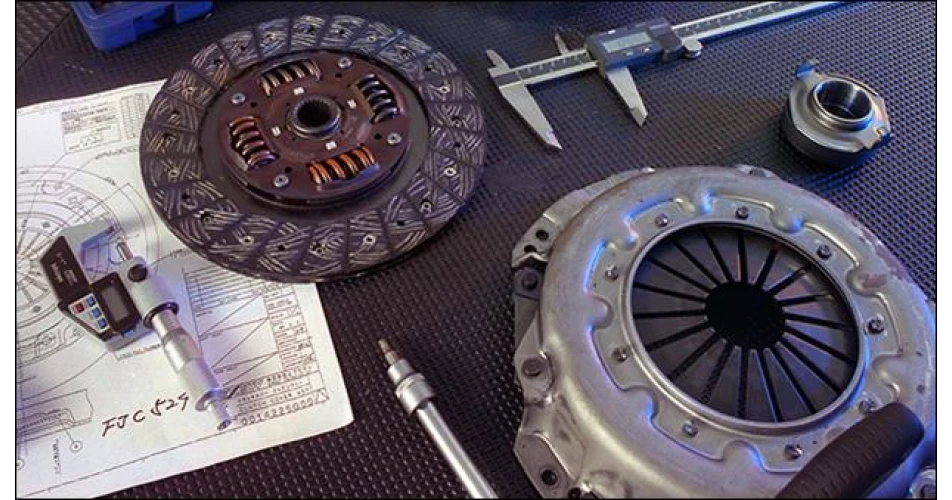OE and aftermarket clutch supplier Exedy has issued some useful technical information on how to avoid the top three clutch installation issues.
Chris Riley of the Exedy Technical Department says the most important part of any clutch system repair begins with the initial diagnosis. The primary cause of complaint must be identified correctly, along with any secondary or related concerns, prior to replacing or repairing any components. For example: a clutch might be slipping because it is old and excessively worn, but this phenomenon may also occur for many other reasons (such as grease or oil contamination, release mechanism problems, driver error/abuse, or an incorrect flywheel profile). If the initial diagnosis is not correct, then, despite repair work having been carried out, the vehicle will still not operate satisfactorily. The inevitable consequence of this is usually the premature failure of the replacement clutch.
Chris goes on to explain that prevention is better than cure and highlights the top three installation errors encounter by Exedy and ways they can be avoided.
1) The application of excess spline hub grease, or an incorrect grade of grease during installation. This is a very easy mistake to make, which can result in contamination of the friction surfaces, leading to the clutch slipping and/or juddering. Simply apply a small amount of suitable high melting point spline grease to the input shaft, the splined hub, the fork (where it contacts with the releaser) and the fork pivot surface. Then slide the friction disc onto the input shaft, remove and wipe off any excess grease before installation.
2) Misalignment of the engine and transmission. This can occur for various reasons, including: hanging the gearbox during installation; forcing the gearbox input shaft during installation; a worn or missing pilot bush (spigot bearing); warping of an alloy gearbox bell-housing; damaged or missing gearbox dowel pins; interference between the gearbox and engine mating surfaces caused by dirt or grease accumulation, metal chips, or even by wiring and pipework clips.
To avoid this, it is important to degrease and inspect the gearbox bell-housing thoroughly, ensure a transmission jack is used correctly, and use the relevant clutch alignment tool during installation.
3) Releaser installation and associated release mechanism faults. It can be very easy to overlook installation errors or incorrectly assume that there are no problems present in this area. Thoroughly inspect the gearbox bearing guide tube, the fork or lever and the cable or hydraulics system for any wear or visible faults. Always follow vehicle manufacturers' recommendations when adjusting or replacing the bearing, the cable or any hydraulics components. Check for any clutch travel adjustment required upon clutch replacement. This may be necessary dependent on the vehicle.
Chris says that if a technician encounters a problem, or is unsure of procedure, it is alway best to seek advice. The Exedy Clutch Europe technical department can be contacted via email at technical@exedy.co.uk or by calling 0044-01928-571850.
